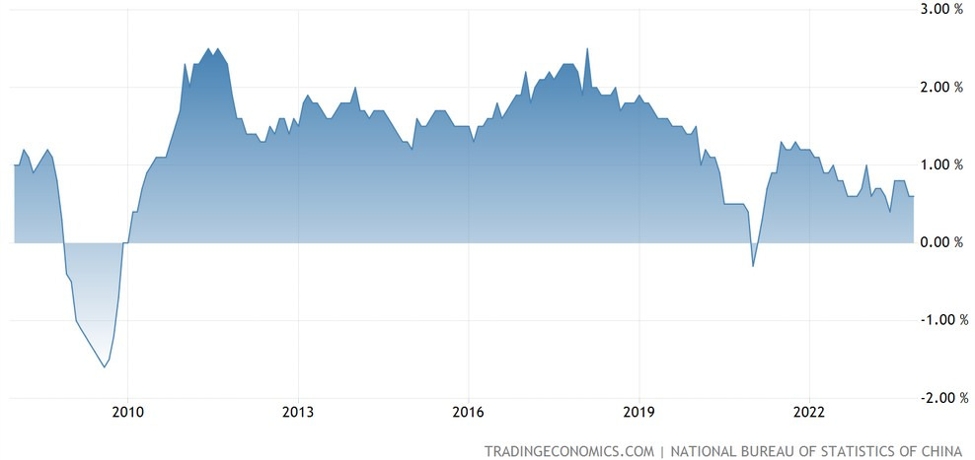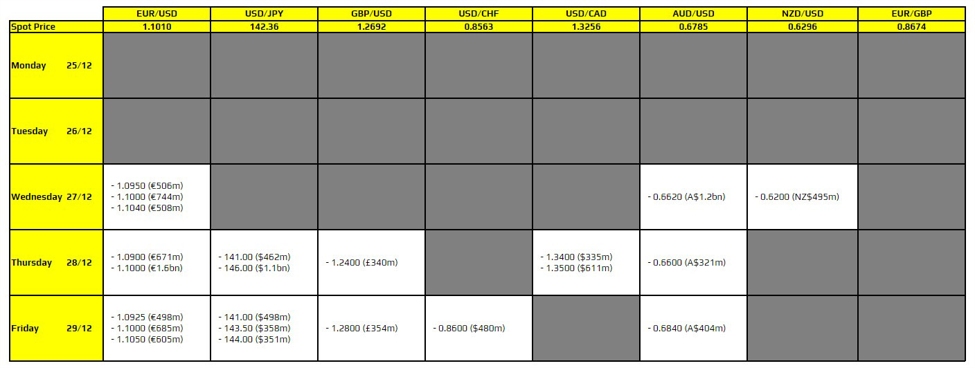As I watch the business news, I hear a lot of talk about the overbought condition of the broader U.S. stock indices. And those commentators may be right. But here’s the thing: when a market trends, it becomes overbought by definition. The problem is that “overbought” can always get more overbought… and then more overbought. By the time a correction comes, the price may never return to where you tried to pick a top. That’s a big problem—and one of the main reasons traders blow up.
What I’ve learned is this: trends are fast, directional, and tend to go farther than most traders expect. Anyone who has tried to short the S&P 500 has learned that the hard way. Since the April low, the index is up 29%. That’s not just a trend—it’s fast and directional price action.
The idea that “it goes farther than expected” comes from years of watching trend moves and seeing traders grow frustrated trying to call tops. That’s why, for me—and hopefully for you—it’s not about guessing where the top is. It’s about letting the market show you the first sign that buyers are starting to lose ground and sellers are winning even a small battle.
How do you see that shift?
You use technical tools. That’s the only method I know: tools that many traders follow, especially those who feel the market is overbought but don’t want to step in blindly.
Technical analysis can help define the market bias—bullish or bearish—and show whether buyers are in control or if sellers are starting to take over. But there’s a catch: this approach means not selling at the high. It means selling only on a break below a key technical level.
In the video above, I break down the S&P 500 index and outline the levels where buyers could lose short-term control and sellers might start to gain traction. If those levels aren’t broken—and held—then the sellers aren’t winning. And no matter how “overbought” the market feels, the buyers remain firmly in control.
Learn how not to be so anxious to sell a trending market, and save yourself from getting out too soon or losing from going against the trend.
This article was written by Greg Michalowski at investinglive.com.















